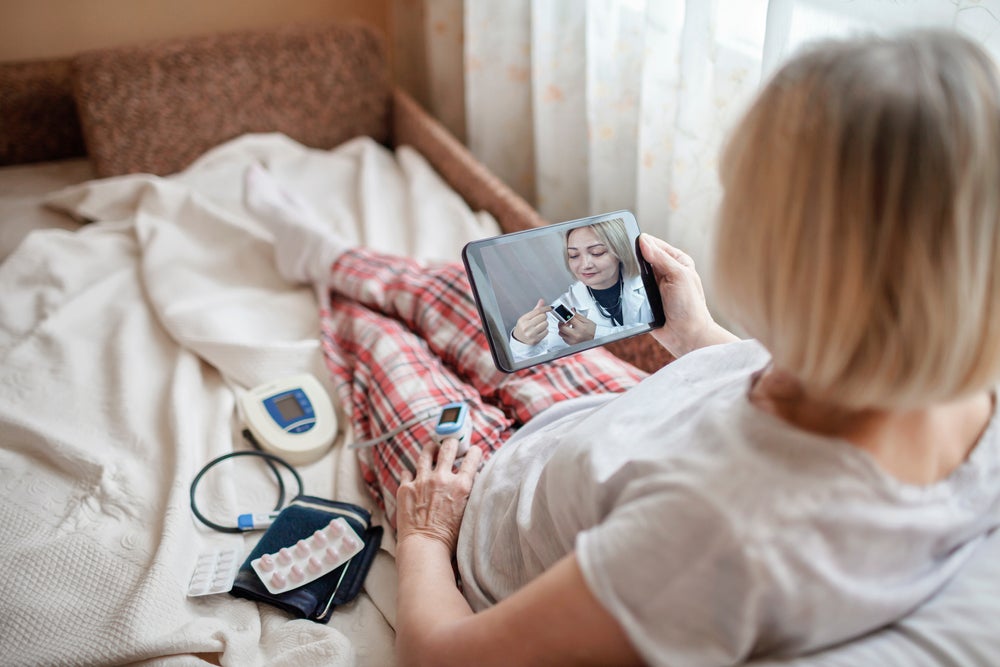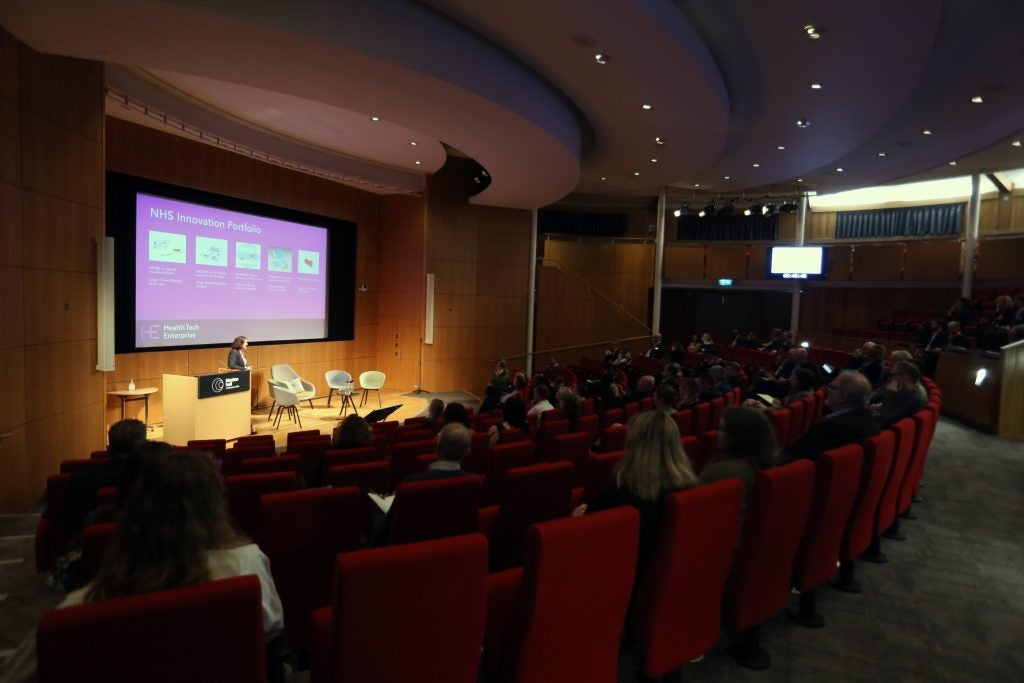
At the HTE MedTech FUTURES Conference on March 1st, 2023, experts discussed how technological innovation is key to relieving the pressures currently facing the NHS. A digital revolution of technology-enabled remote monitoring is well underway – with positive outcomes already being seen – but the industry is still wary of the challenges that lie ahead.
Relieving healthcare pressures
The pandemic was a key catalyst in shifting attitudes to the location where healthcare is provided. Much of the clinical framework that was transformed to aid patients at home has remained. Remote monitoring, despite being at a relatively youthful juncture, is one sector of telehealth that is seeing much advancement. GlobalData predicts the remote monitoring market to grow to a size of $645m by 2025.
“Many in the policy world, many health care providers, and some patients see it as a service that may help respond to the growing pressures that are facing the NHS and social care. This is in terms of the growing and changing nature of demand for services, workforce capacity constraints, and bed capacity constraints. It’s keeping people out of hospital to a large extent, but remote monitoring can also be a part of primary care and social care,” said Dr Sonja Marjanovic, Director, Healthcare Innovation, Industry and Policy at RAND Europe – a non-profit research organisation aiding public policy changes.
“Tech-enabled remote monitoring can improve care quality and patient experience. There are opportunities to improve workforce wellbeing especially if the use of this tech can reduce unnecessary burdens on healthcare professional time. There’s also the potential to use it to support self-care for the patient empowerment agenda.”

In its 2022 plan, the Department of Health and Social Care outlined plans to increase the expansion and scaling of remote monitoring (and virtual wards) to free up hospital space and clinician time. Indeed, $2.4bn (£2bn) has been earmarked to help accelerate the implementation of digital products in the NHS.
Between November 2020 and January 2023, nearly half a million people in the UK have been supported by national funding to have their health managed via technology-enabled remote monitoring from the comfort of their own homes.
Challenges slowing widespread implementation
Whilst funding issues or lack of government initiatives, therefore, are seemingly not at the forefront of challenges facing technology-enabled remote monitoring, an ample series of further hurdles still stand before its widespread adoption.
Another issue Marjanovic highlighted is the accessibility of data visualisation. Being able to effectively convey data from software is key in maximising the potential that rests in remote monitoring.
“The healthcare workforce is so stretched already; they want tools that can make their lives easier and can make patient management easier. But if they’re overwhelmed with a huge amount of data and analytics that aren’t user-friendly then it can end up being a double-edged sword.”
Some of the work rests on suppliers of devices, too.
“[We need to ensure] those who provide the technology have the capacity and the time to train the workforce. Failure to do so can lead to premature failure of technology that otherwise would have had a lot of potential.”
As technology becomes more embedded in healthcare provisions, over-reliance on systems with artificial intelligence or automated analytics can become an issue.
“The technology must not be seen as a magic solution that can replace existing care pathways. It’s instead about augmenting existing care pathways.”
“Remote monitoring is always accompanied by a form of engagement between an individual and a healthcare provider, either face to face or through remote consultations and this is part of the process of making sense of all the data that comes from the different monitoring devices and making care decisions.”
Another challenge is how regulatory measures are stopping the widescale implementation of digital products. Stuart Angell, Chair of Regulatory Working Affairs Party at The British In Vitro Diagnostic Association (BIVDA), explained there is the usual mandate in terms of regulatory hurdles that are required by the NHS for the procurement process. Specifically, discussions around GDPR are common. Such regulation will need to be considered not just by innovators but by the industry as part of the digital shift.
None of these challenges are insurmountable. But it will take a coordinated approach from the NHS, public health bodies, healthcare professionals, and, of course, patients themselves if remote monitoring is to be successful as early indications promise. The future outlook of digitalisation within healthcare will also need to account for social elements too such as digital exclusion and inequality, Marjanovic concluded.
“This is about making sure technology does not outpace society’s ability to deal with it.”



